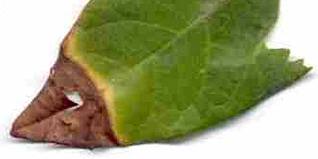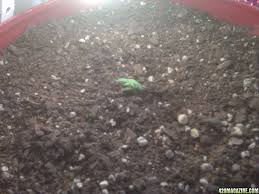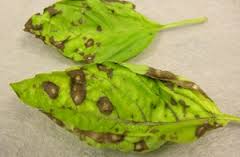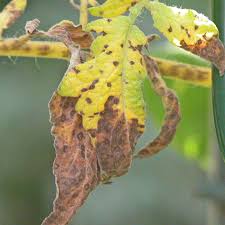Problems - What Can Go Wrong With An Indoor Garden
Growing a garden indoors is a great way to enjoy fresh herbs during any season of the year. Even when the gardens are growing well outside, keeping something on the counter top, ensures that you only have to pinch off a sprig, and use it in your recipe.
Indoor gardens avoid some of the neglect problems that outdoor gardens suffer from but they do come with their own set of problems. Indoor environments are not naturally great for most herbs.Even with some issues, growing indoors is easy enough if you know what to look out for. Here are some of the main issues that indoor gardeners write to me about the most often, and how solve some of the most common problems.
My Indoor Herbs Never Grow
I hear this more often than any other indoor garden comment. Truthfully, not many of us can just bring home a plant and have it grow well in the house. Indoor gardening takes some basic planning, from location, care, lighting, use. Once you figure out what type of environment that your home offers a plant (we often have more than one type), then you can make a list of herbs that grow well in those conditions.
This is often the opposite of what most of us do. You can of course, rearrange your home to fit the herbs you bring in, however, having a plan is always less work, frustration, and money.
My Indoor Herbs Turn Brown and Dry Out
If you are new to growing herbs indoors, even with experience growing outside, this problem may be one that you face. Growing indoors is a man made environment; one that is comfortable for us-meaning not so much for our herb plants.
Herbs that turn brown and/or dry out, usually suffer from being too dry. Not just in basic watering needs, they are actually suffering from too dry air. The same way that many people suffer from dry indoor air (especially in winter), our herbs need some moisture in the air around them as well. You may find that misting your plants has to become part of the routine, along with careful watering.
Don't forget to keep low moisture and high moisture herbs grouped together, to make their care easier.
Speaking of watering, you can also kill your indoor gardens with kindness. Over watering is a big problem, if it isn't done properly. Most herbs do not like to sit in a pool of water as their roots rot or the plants simply suffocates. Your plant can also turn brown and lose leaves if it is over watered as well. One trick that I find helps; remove any pretty waterproof foil or plastic covering that your new herbs may have come wrapped in. You can re-wrap the herb plant, once you check the real condition of the roots and growing medium that is hidden under the fancy clothes.
My Indoor Herbs Grow Pale Green or Yellow, And Flop Over
The single most important issue that most indoor herbs suffer from, is too little or too weak sunlight. Even a seemingly sunny window may not be enough light for the sun loving Mediterranean herbs like Lavender, rosemary, bay.
To avoid any lighting issues at all, skip the window treatment, and go for the artificial grow lights. They can be placed strategically near your herb plants, and become part of your decor. With the new designs, indoor lighting becomes a decorative feature, and not so much a utilitarian must have with only the gardener in mind.



